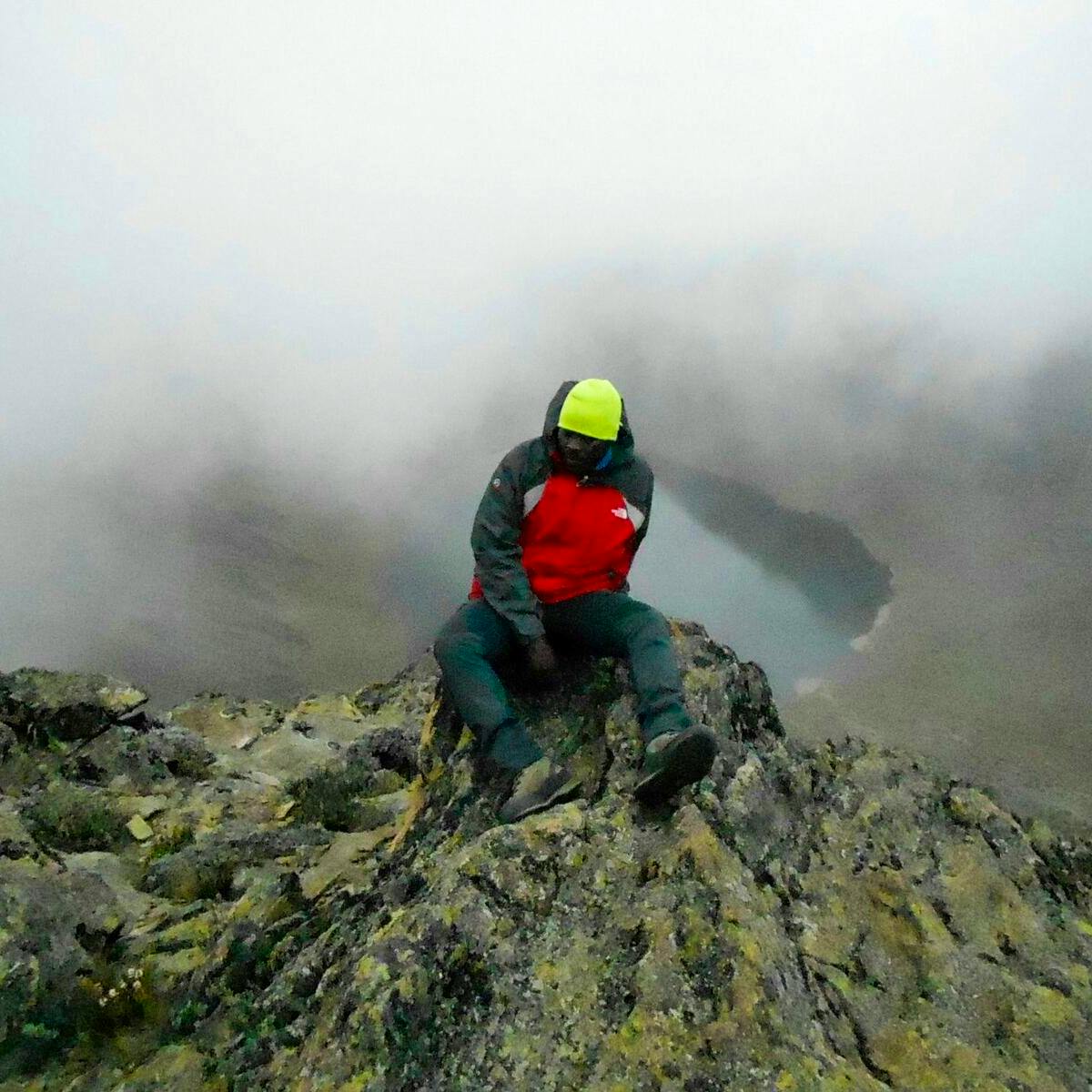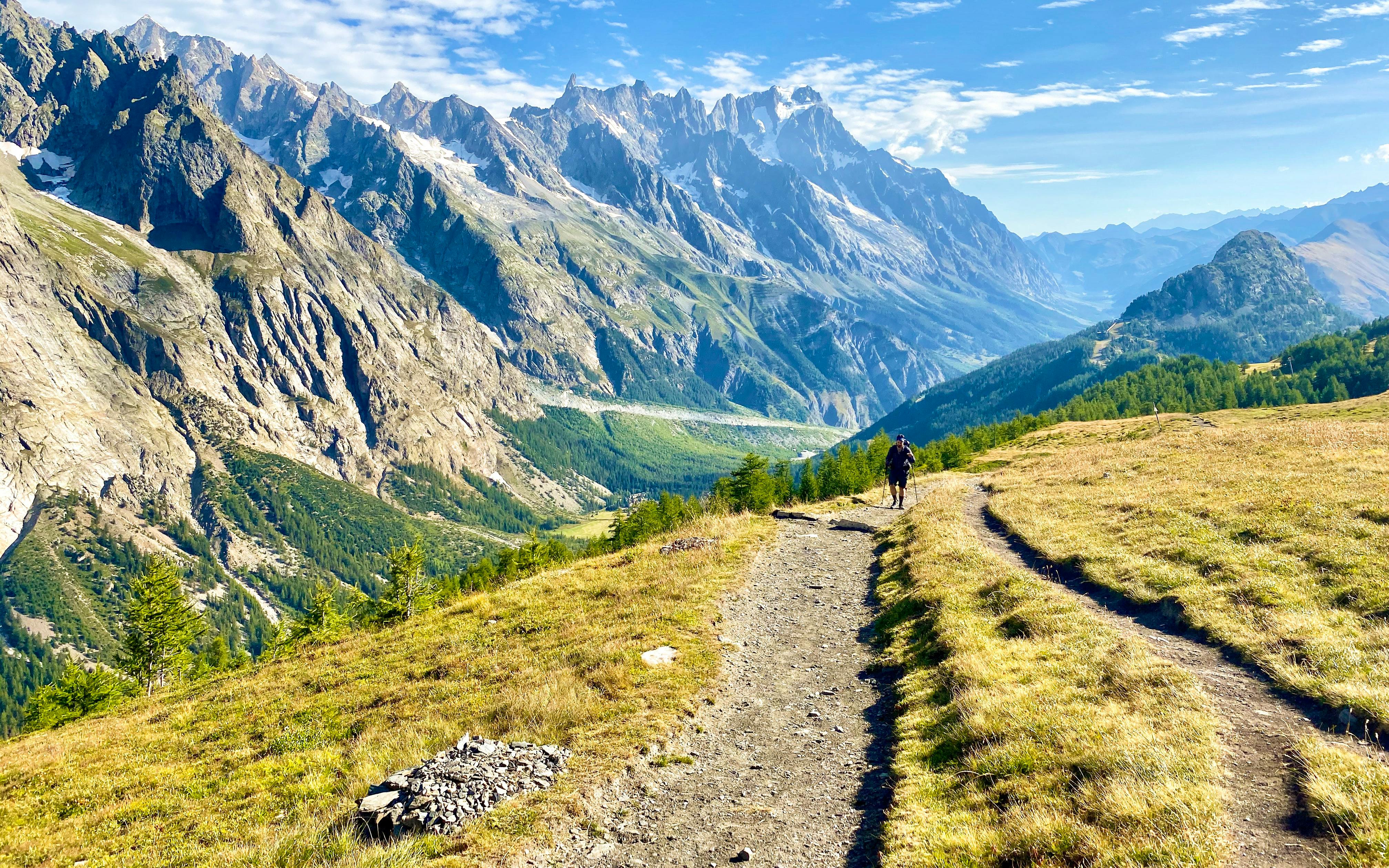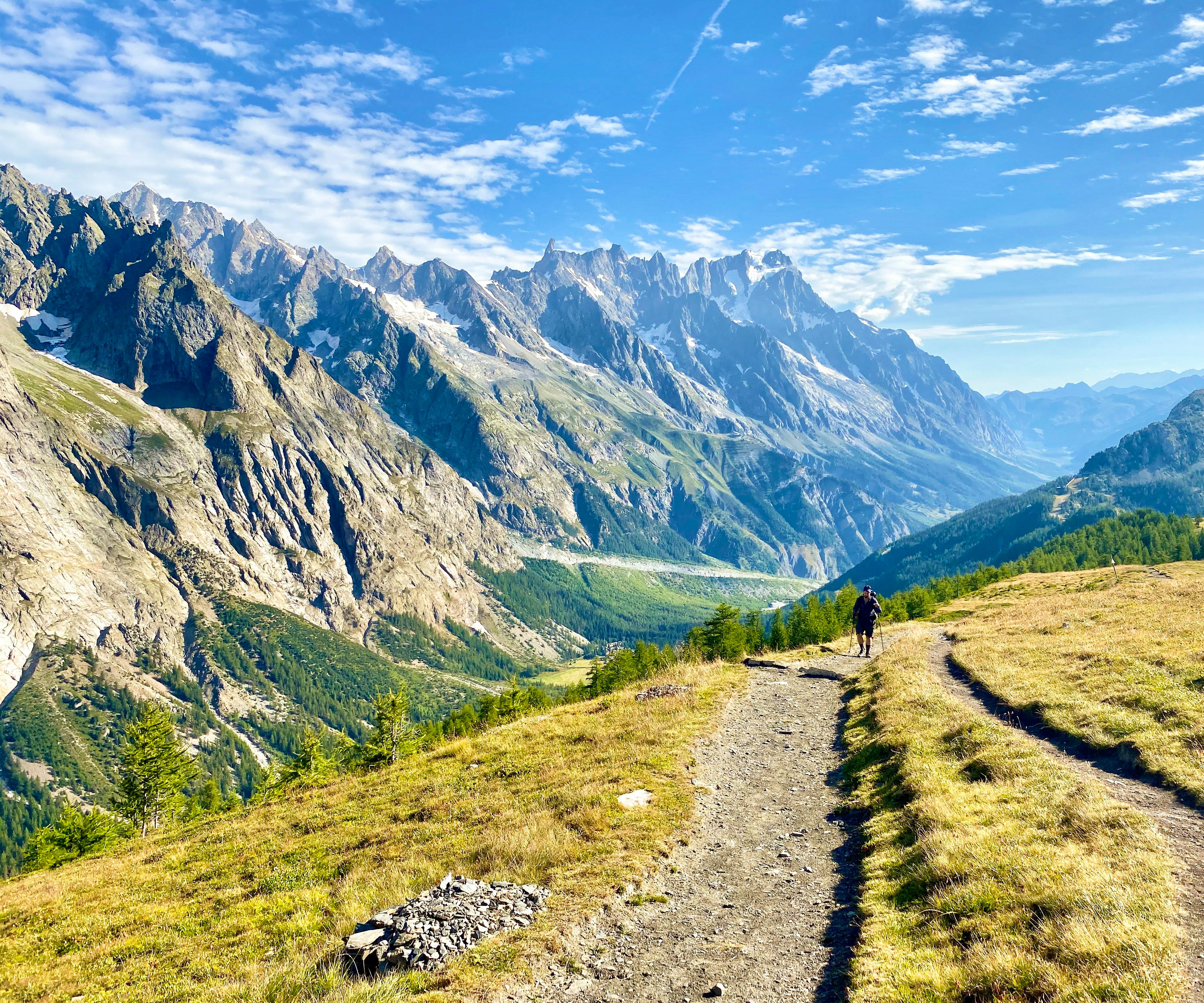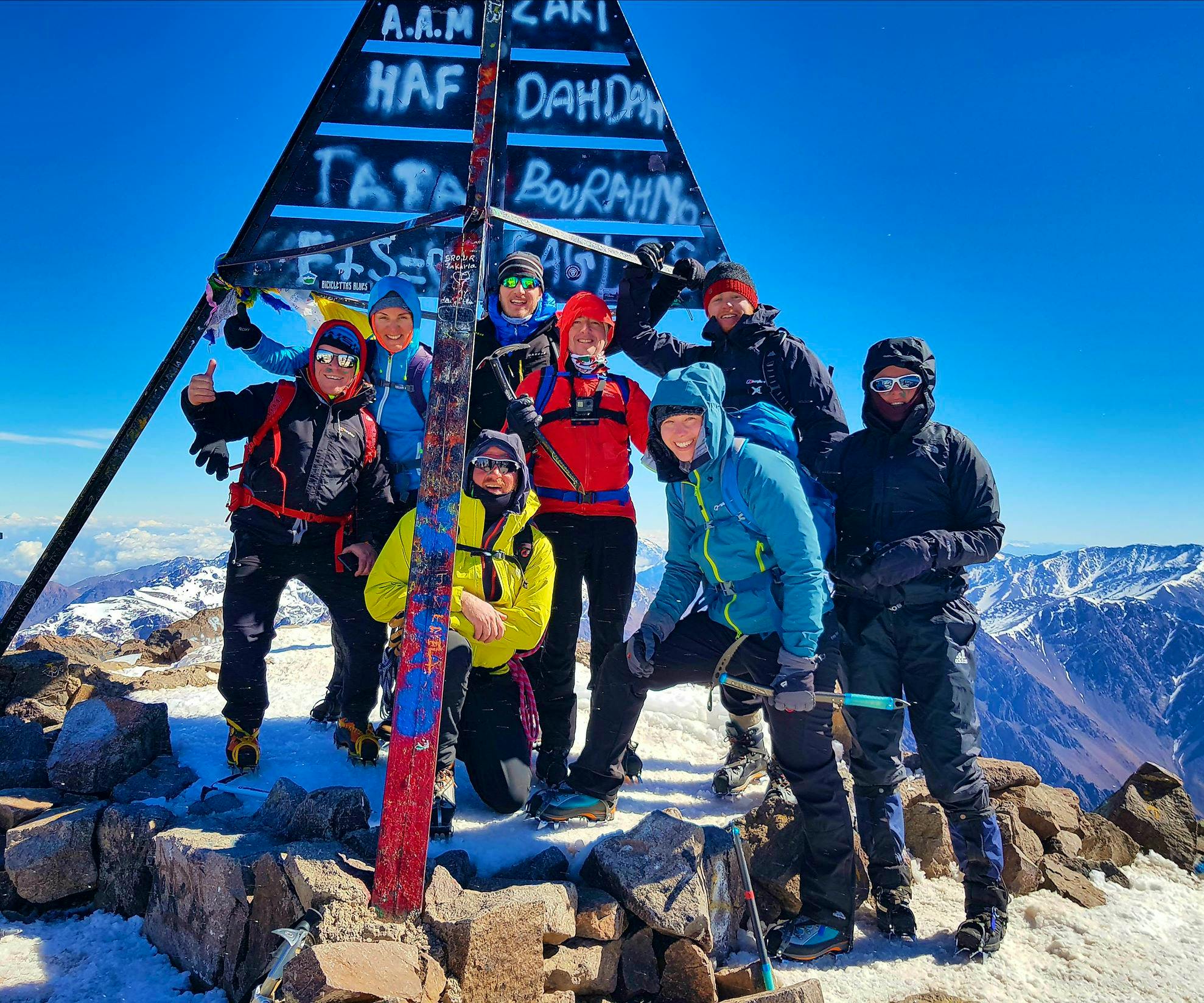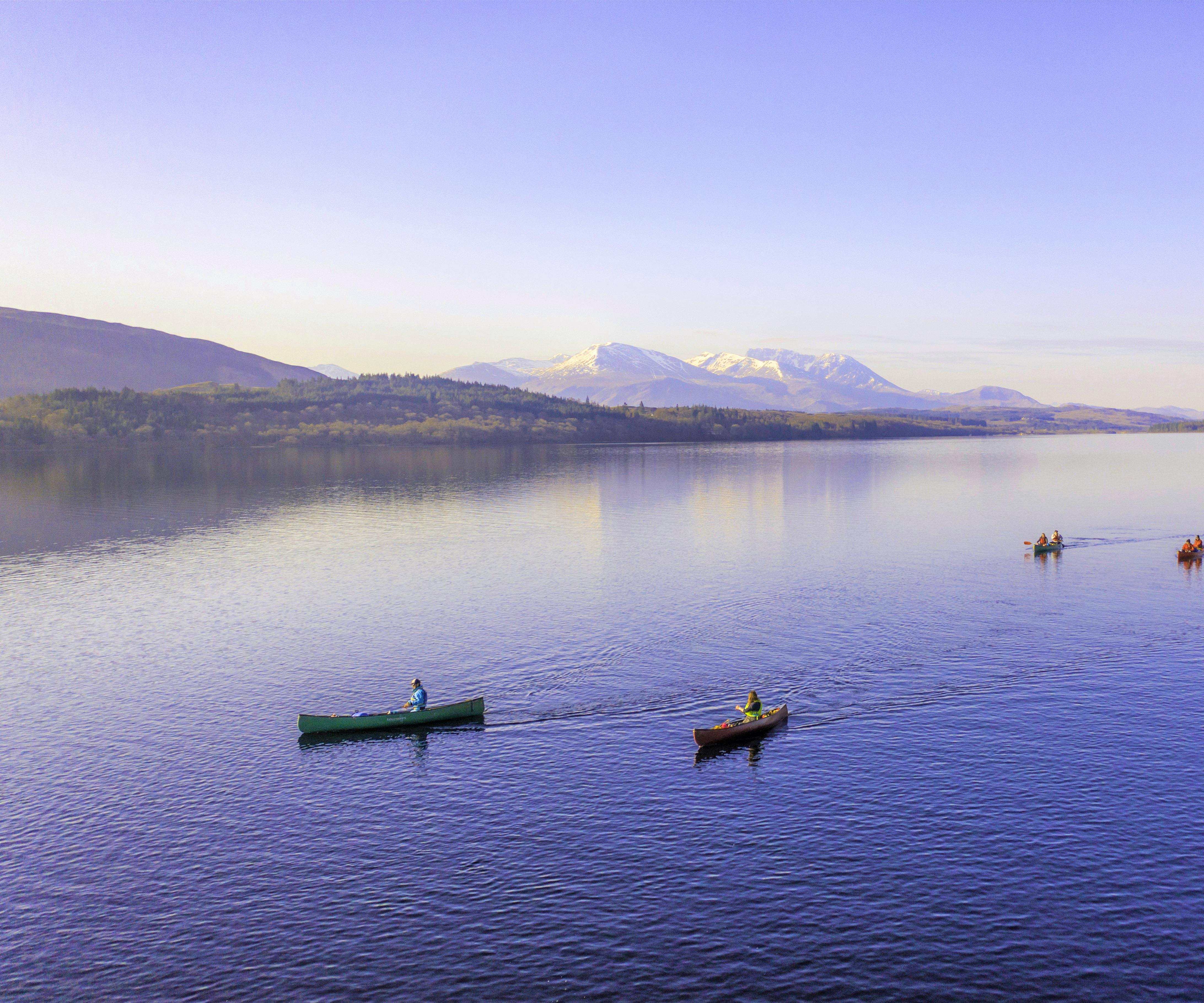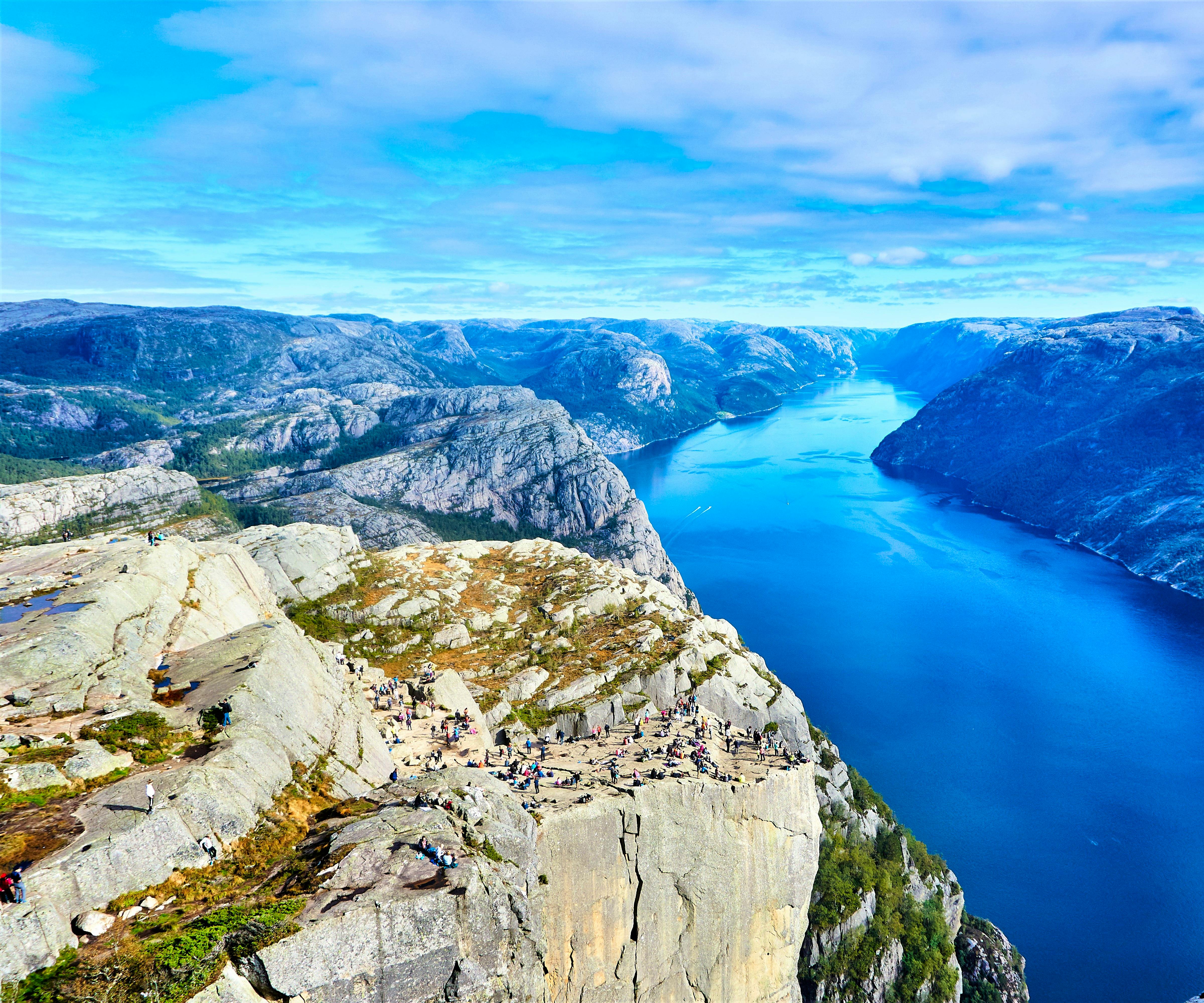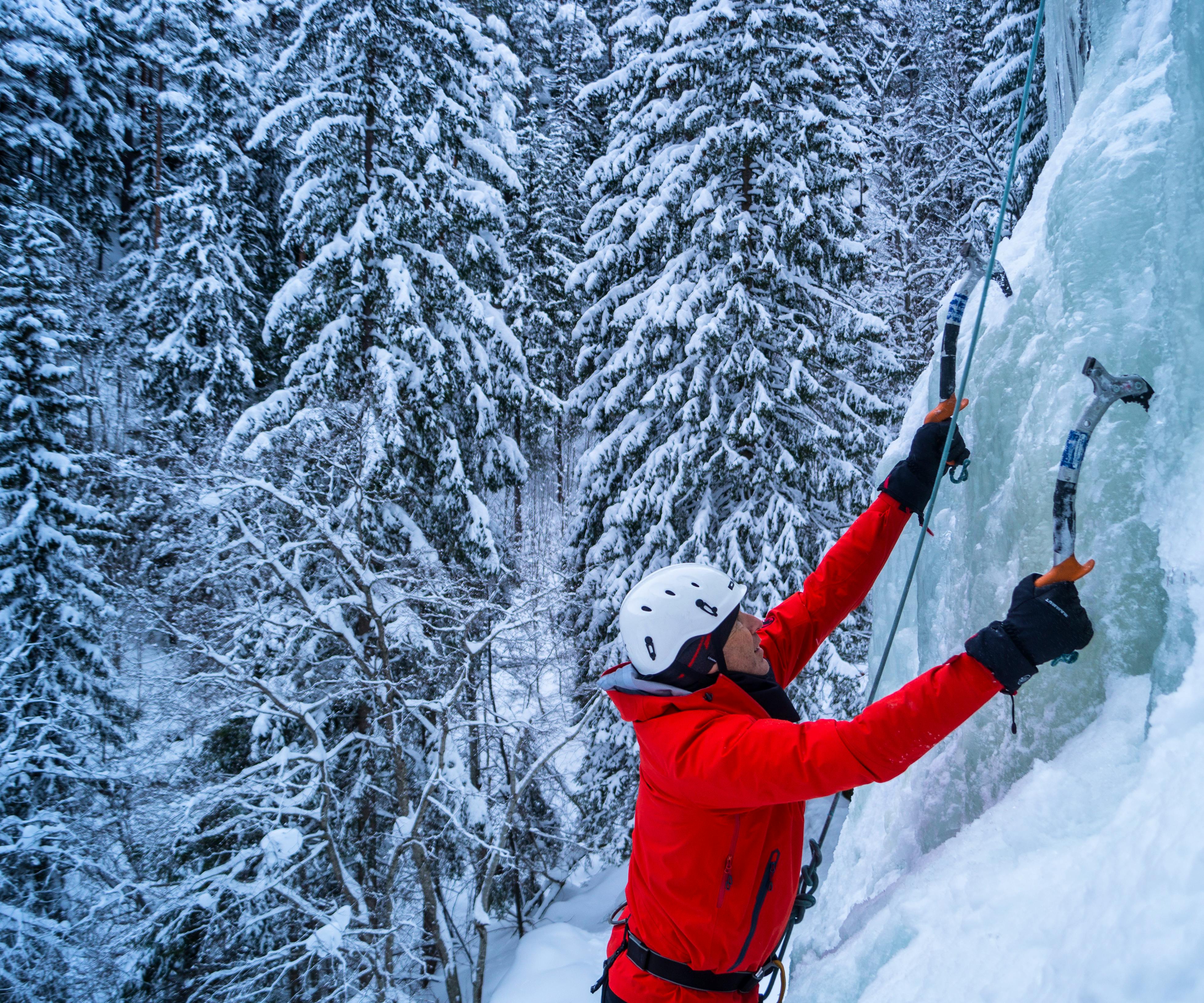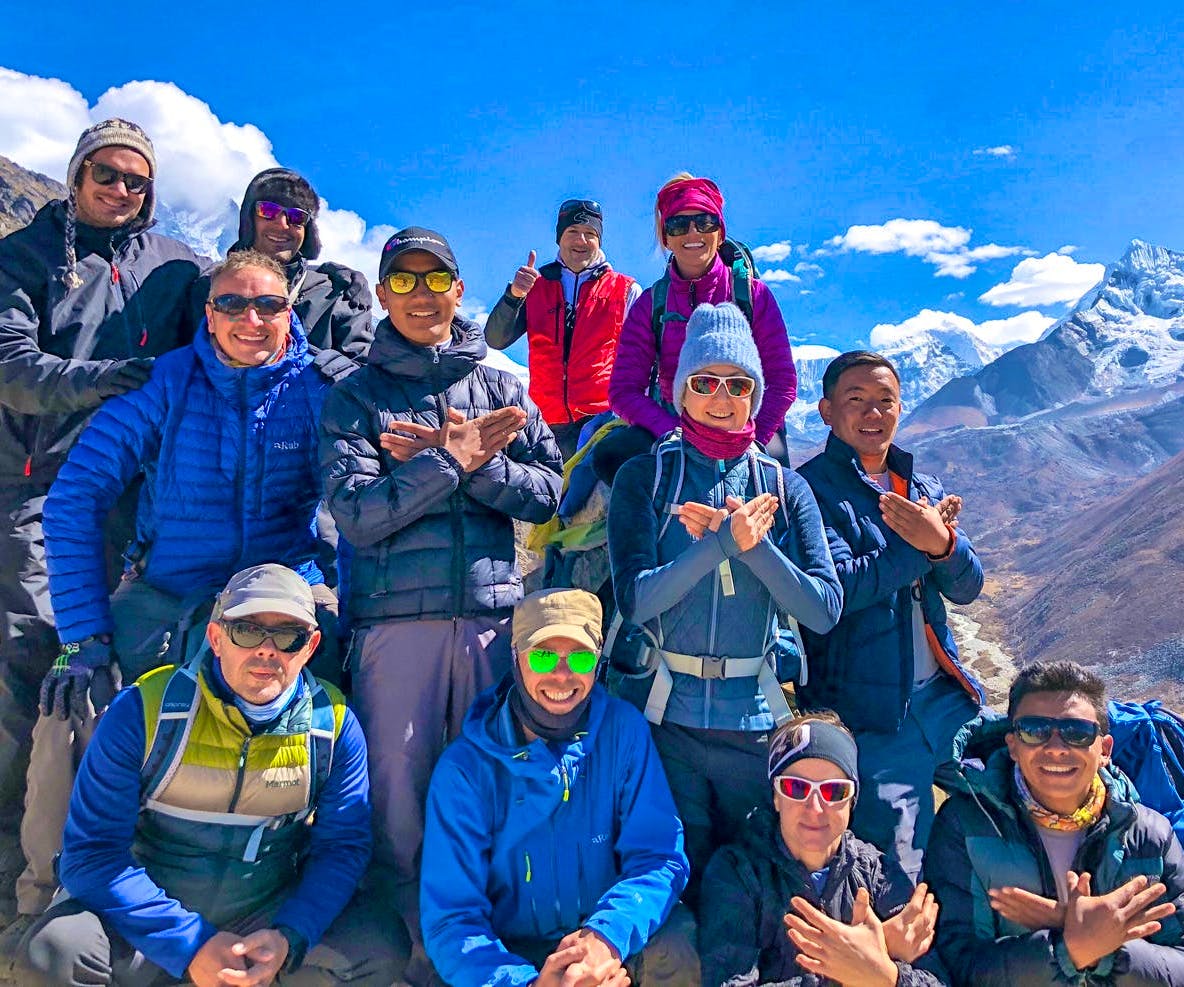Mount Kenya Weather Insights: Navigating The Peaks
Are you looking for climbing Mt Kenya packages?
This mountain, the second-highest in Africa, beckons with its snow-capped summits, rugged terrains, and a weather palette as diverse as the ecosystems it cradles.
At Skyhook, we understand the ever-shifting moods of Mount Kenya weather on our guided trips, and we are here to help you prepare well for a successful climb.
Ready for a weather-powered Mount Kenya climb? Let's dive in!
Mt Kenya's Climatic Seasons
I. Dry Season (January to February, July to October)
In the dry season on Mount Kenya, which spans from January to February and then graciously repeats from July to October, the mountain trades its unpredictable weather for a more stable, sunshine-filled environment.
During these months, rainfall is at its lowest, allowing the landscape to dry up and the skies to boast a brilliant, uninterrupted blue. Expect clearer visibility and unobstructed views of the awe-inspiring scenery.
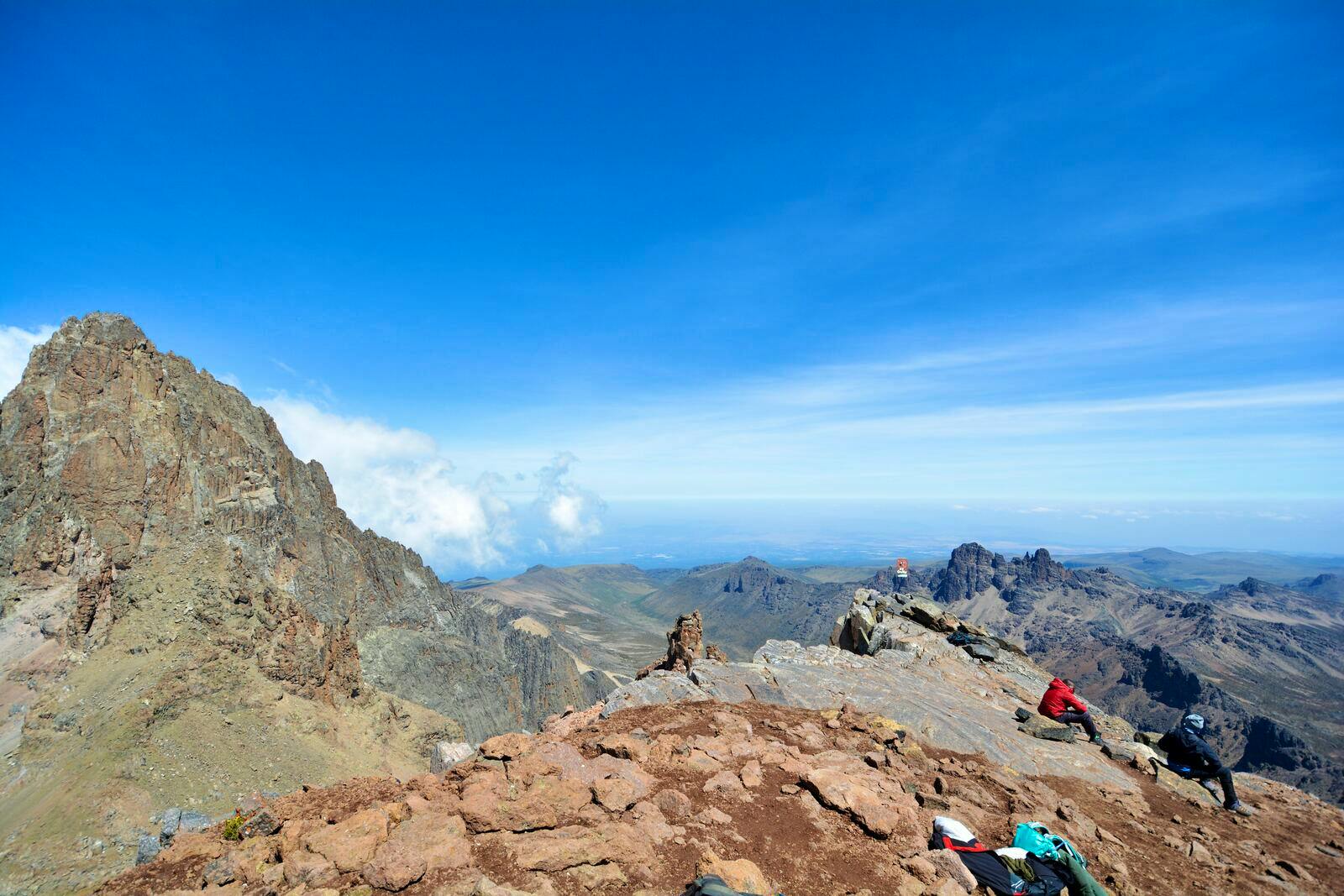
The reduced rainfall translates into firmer, less slippery trails, making the ascent more stable and less challenging. The clear skies open up breathtaking vistas, unveiling the beauty of the mountain and its surroundings.
You can relish the experience without the constant concern of unexpected downpours, enhancing the overall enjoyment of the journey.
However, don't be fooled by the seemingly benevolent sun. As you ascend, the temperature in Mount Kenya can fluctuate, reminding you that you're climbing towards the heavens.
II. Wet Season (March to June, November to December)
When the calendar flips to March to June or November to December, Mount Kenya dons a different cloak – the wet season.
Rainfall takes centre stage, turning the landscape into a lush, green masterpiece. Expect rain showers, sometimes intense, as the mountain refreshes itself, nourishing the vibrant vegetation that carpets its slopes.
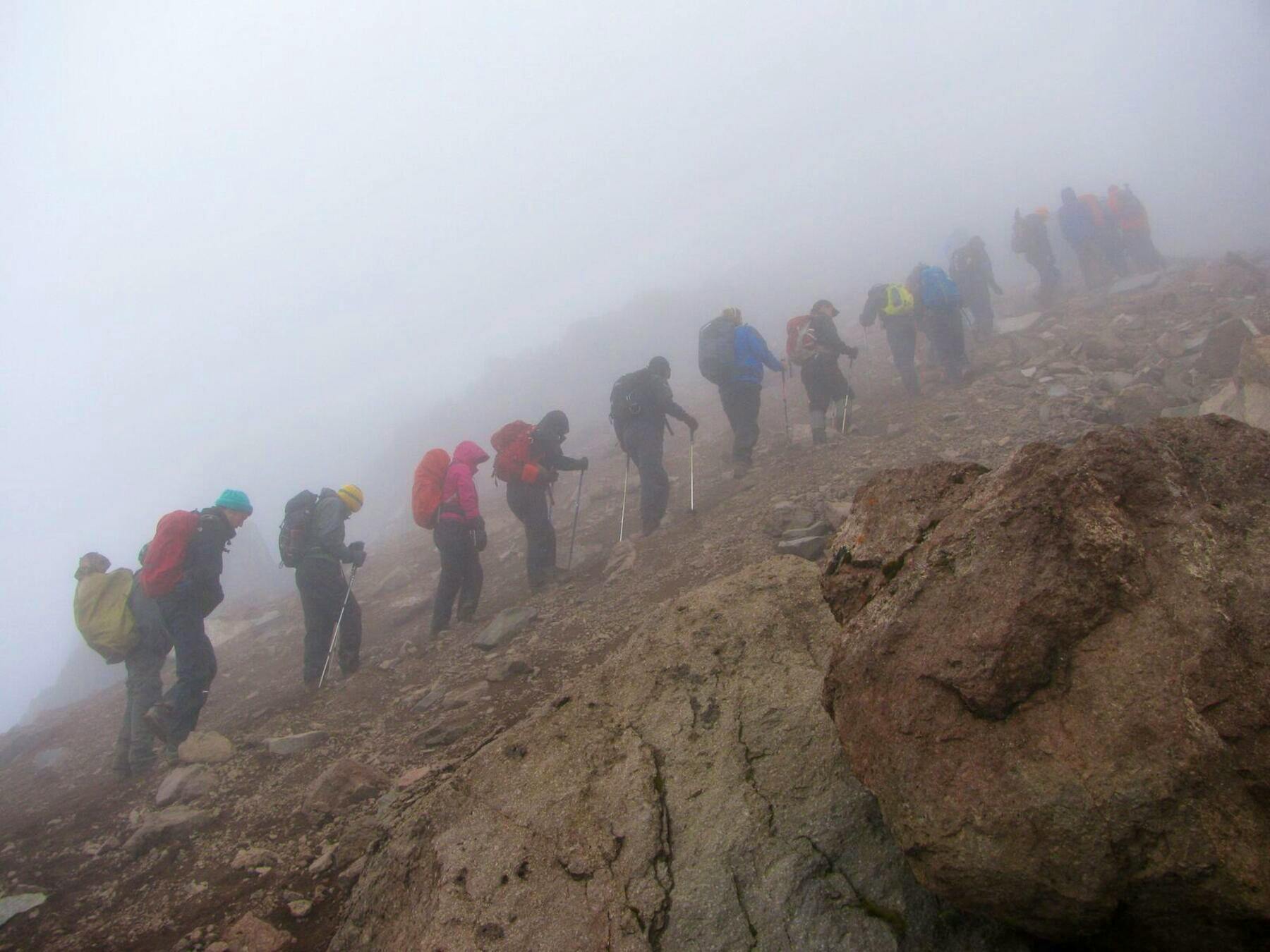
The rain transforms the trails into slippery slopes. Limited visibility becomes a companion as clouds shroud the peaks, concealing the majestic views that would otherwise be on full display during drier months. Persistent rainfall can also test gear's durability, adding a layer of complexity to the journey.
Plan for potential delays, as the wet season may throw unexpected challenges. A well-thought-out itinerary, accounting for weather-related contingencies, can turn potential setbacks into part of the adventure.
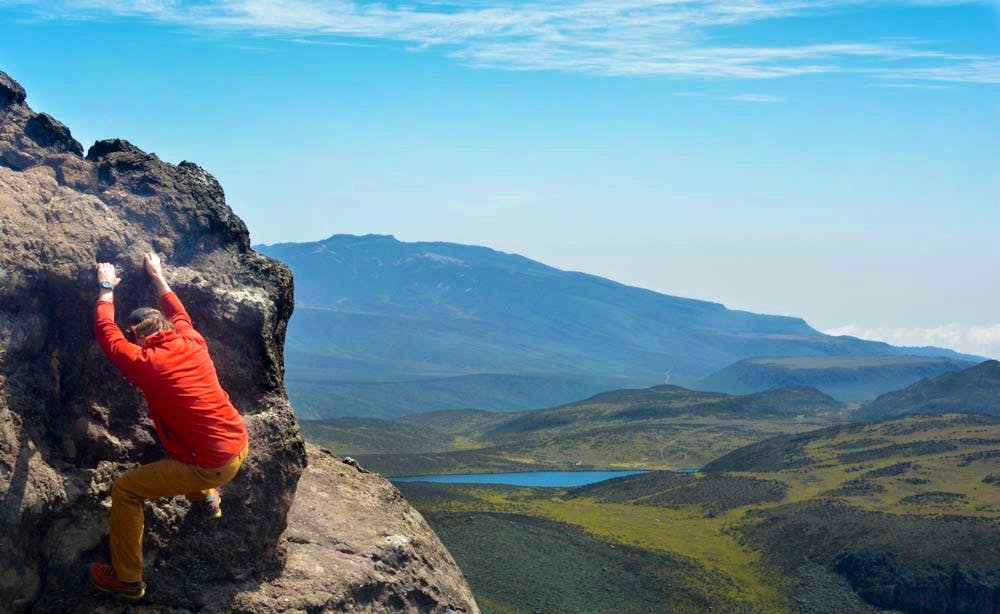
Mt Kenya Temperature Zones
I. Equatorial Zone (Up to 2,500 Metres)
Below 2,500 metres, the Equatorial Zone offers a tropical climate with warm temperatures, gentle breezes, and occasional humidity.
The sunlight filters through the lush foliage, creating a pleasant atmosphere. Dense forests and vibrant greenery characterise this zone. Tall trees form a canopy, contributing to a diverse and lively ecosystem.
II. Afro-Alpine Zone (2,500 to 4,000 Metres)
In the Afro-Alpine Zone, temperatures experience variations. Days can be warm under the African sun, while nights bring cooler temperatures due to the higher altitude.
The landscape transitions to moorland, featuring tussock grasses and hardy plants adapted to the challenging environment.
III. Alpine Zone (4,000 to 4,500 Metres)
This zone introduces colder temperatures. Rocky terrain and open spaces define this zone. Characterised by unique rock formations and the introduction of ice patches, the Alpine Zone showcases a blend of stone and frost.
Here's our ice-climbing guide for when you get here.
IV. Nival Zone (Above 4,500 Metres)
The Nival Zone experiences extreme cold, with glacial features dominating the landscape. This zone marks the approach to the summit, where the air is thin, and ice and snow become prominent.
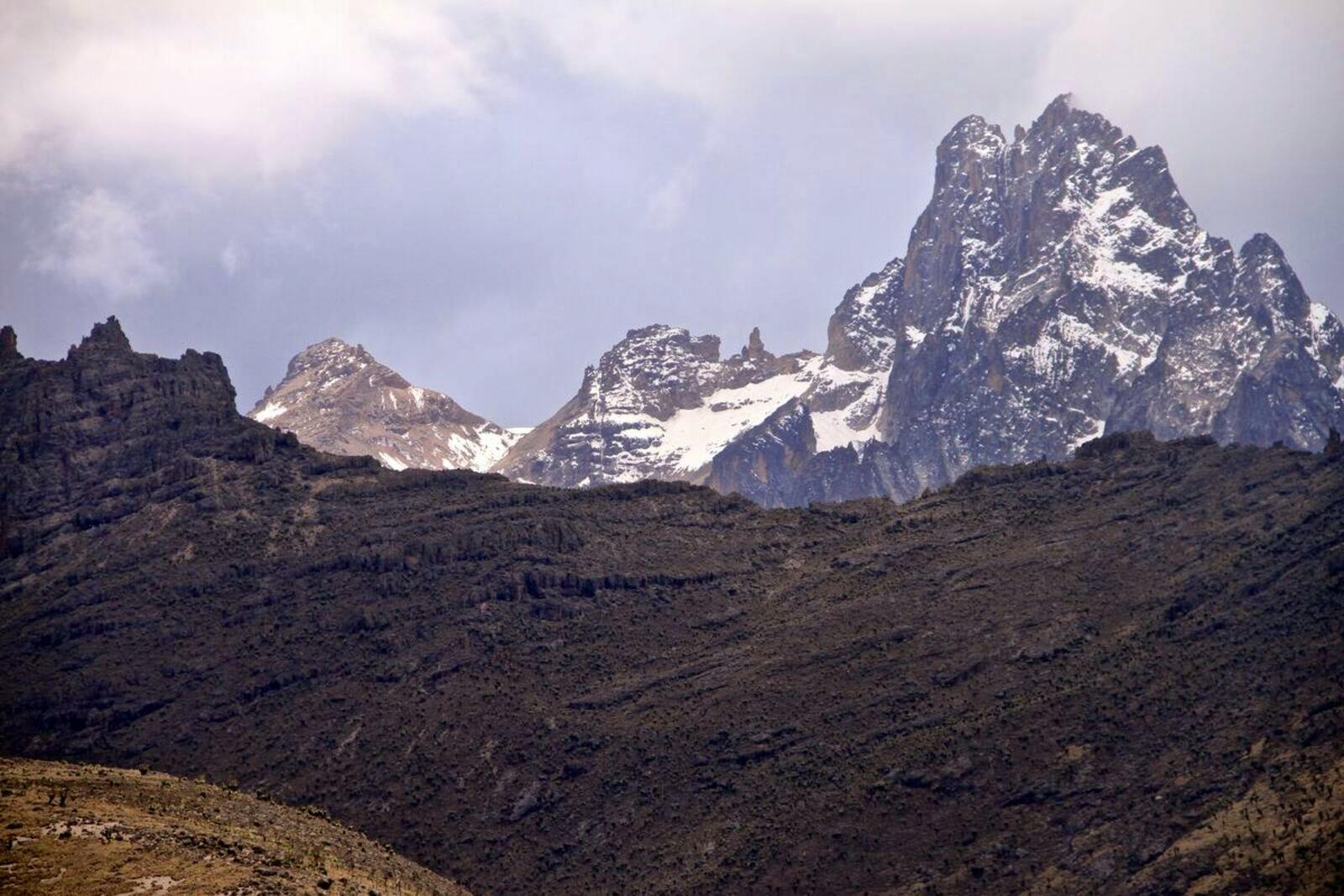
Mt Kenya Weather Patterns
I. Fog and Mist
Mount Kenya experiences periods of fog and mist, affecting visibility. Navigating through this atmospheric phenomenon can be challenging, as the outlines of peaks and trails become blurred. It's essential to be mindful of reduced visibility during such conditions.
When trekking in fog and mist, use trekking poles to feel the ground. Stay close to your group, maintain a steady pace, and carry a map or GPS for navigation. These precautions are crucial to avoid getting disoriented in the obscured surroundings.
II. Quick Weather Changes
Mount Kenya is known for its unpredictable weather, characterised by rapid shifts. One moment, you may be enjoying sunny weather; the next, rain can catch you off guard. These sudden changes highlight the dynamic nature of the high-altitude environment.
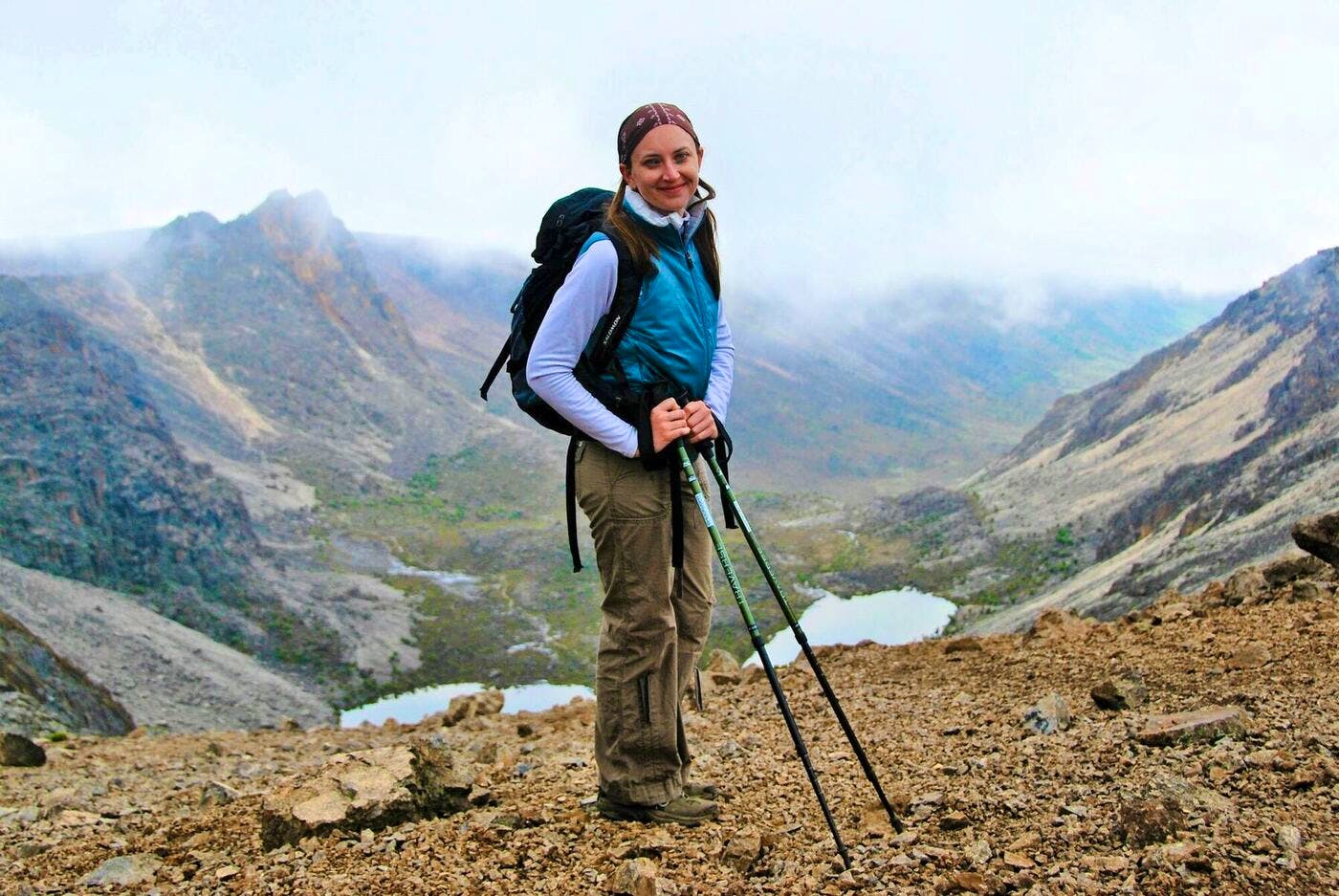
Preparation and Packing Tips for Mt Kenya Weather
I. Clothing
The temperature in Mount Kenya varies significantly between altitudes and day-night transitions, so layered clothing is your strategic ally.
Layering allows you to regulate body temperature efficiently. It traps warmth close to the body in cold conditions and facilitates ventilation to prevent overheating during strenuous ascents.
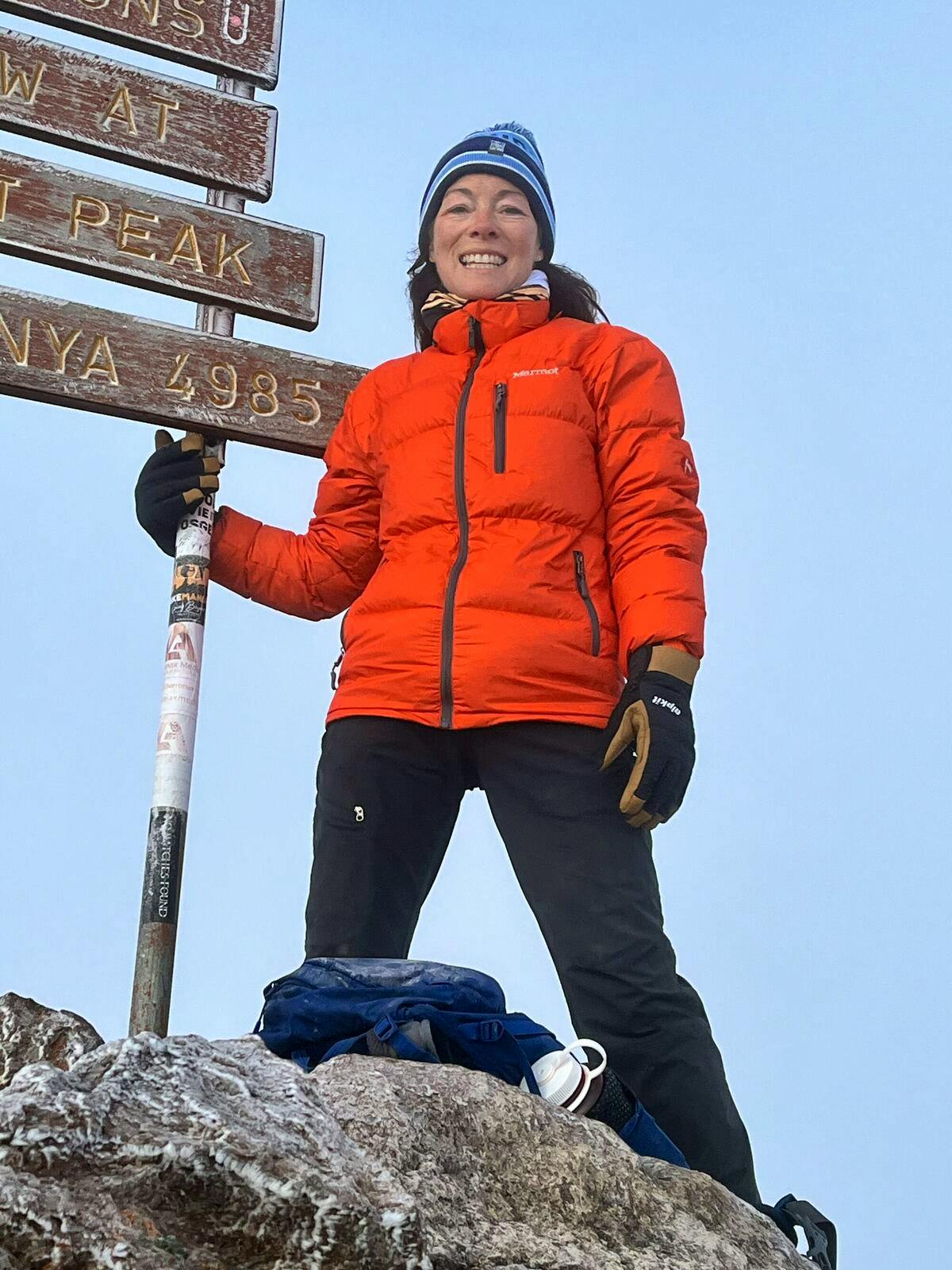
For effective layering, consider packing moisture-wicking base layers to manage sweat, insulating layers such as fleece or down jackets for warmth, and waterproof and windproof outer layers to shield against rain and chilly winds.
A good hat and gloves also add extra protection, especially at higher altitudes where temperatures drop.
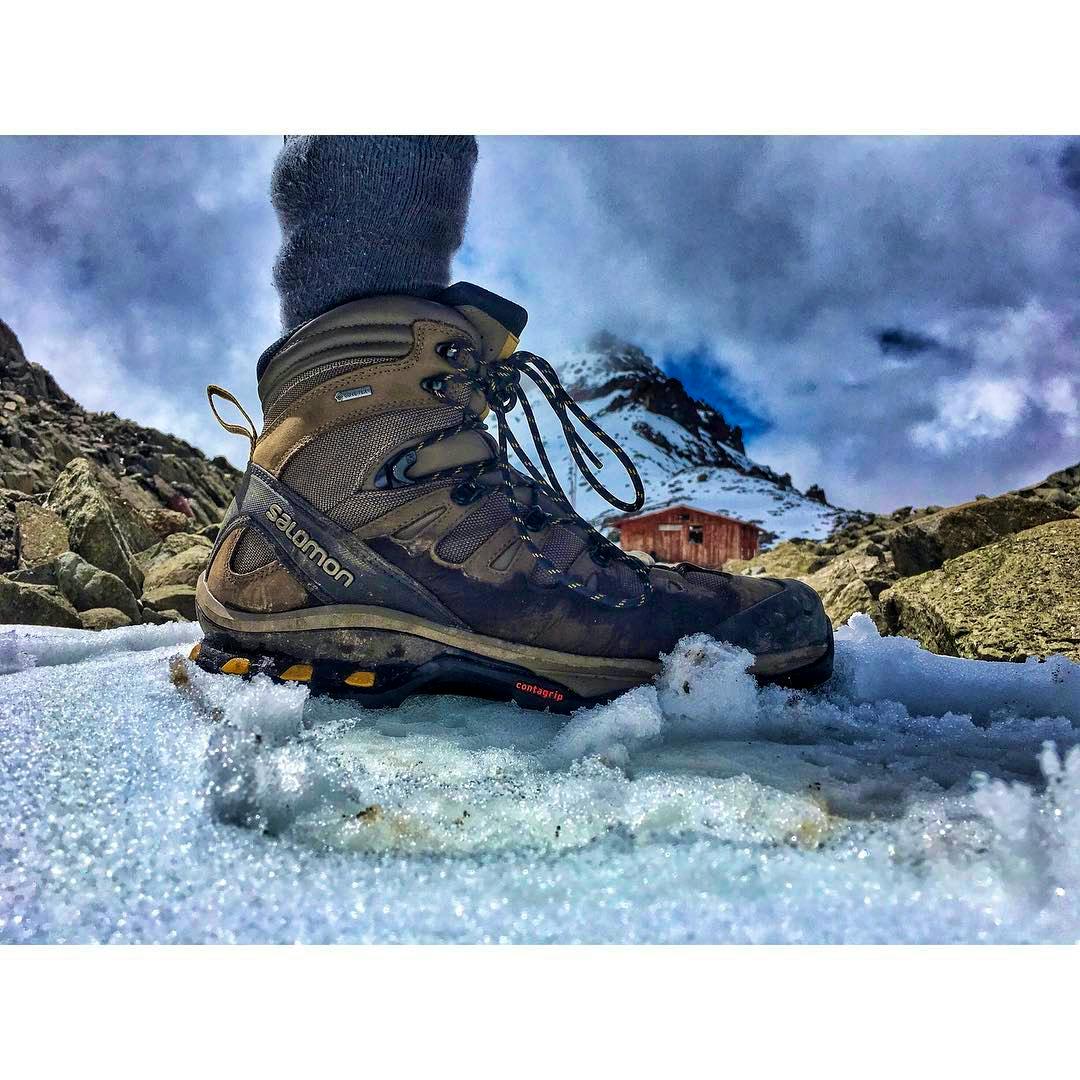
II. Footwear
Opt for sturdy, waterproof boots with ankle support to navigate diverse terrains comfortably. Waterproofing is crucial to safeguard against rain, mud, and potential stream crossings. Well-fitted boots help prevent blisters and provide stability on uneven paths.
Choose boots with robust traction for slippery trails and adequate insulation for colder altitudes. Prioritise comfort and durability to ensure your footwear withstands the demands of the trek.
III. Sun Protection
The sun can be intense during the day on Mount Kenya, especially at lower altitudes. The high-altitude sunlight can be deceiving, leading to sunburns and an increased risk of dehydration.
Adequate sun protection is imperative on Mt Kenya. It includes wearing sunscreen with a high SPF, sunglasses to shield the eyes from UV rays, and a wide-brimmed hat to provide additional shade.
Staying hydrated is also crucial to combat the increased risk of dehydration associated with prolonged sun exposure.
IV. Gear and Equipment
A quality sleeping bag for lower temperatures is essential for a comfortable night's sleep. Being adequately prepared for Mt Kenya temperature drops ensures a more comfortable and safer experience during nighttime hours.
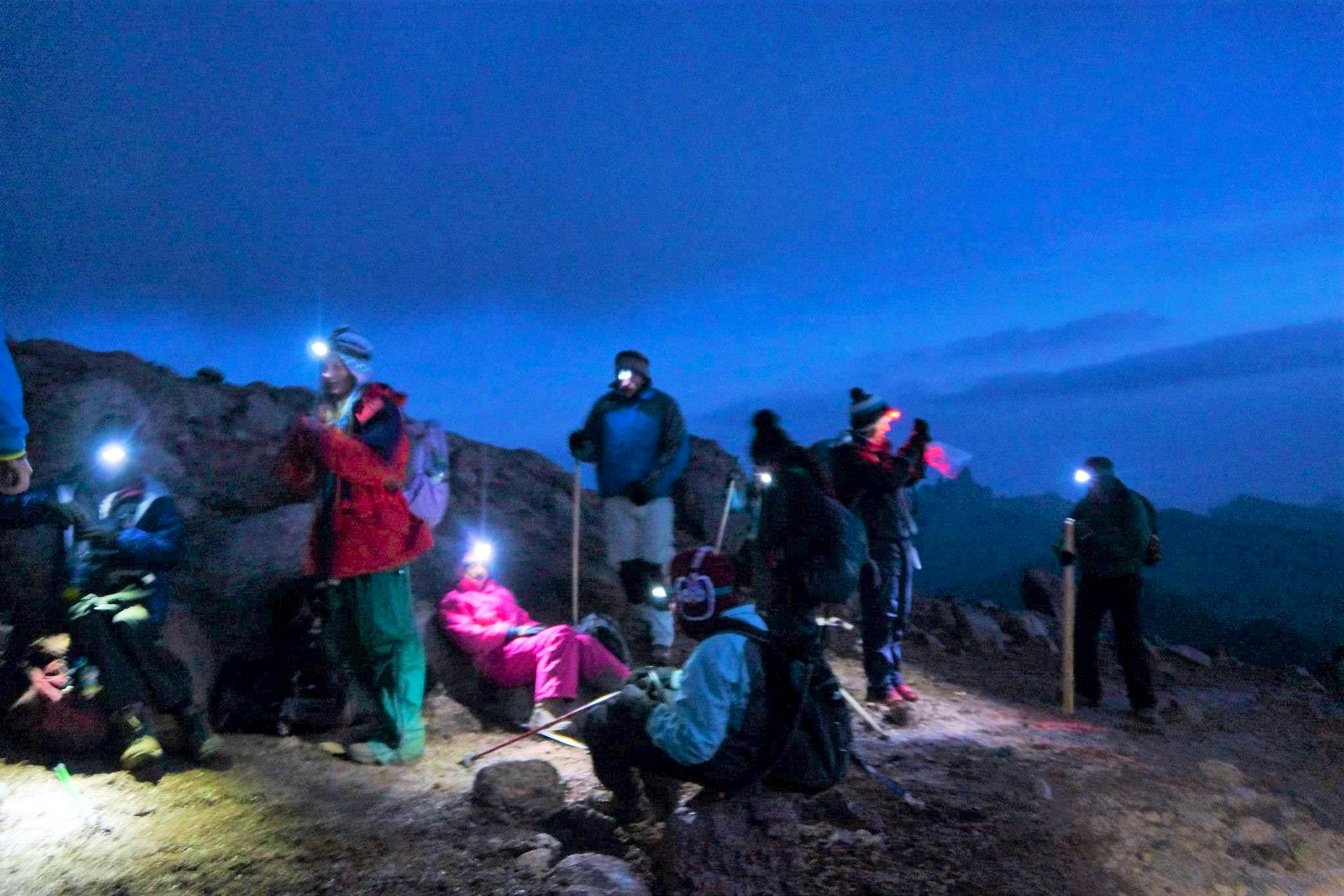
Ensure you have a reliable light source, preferably a headlamp or flashlight for nighttime visibility. Bring trekking poles for added stability on uneven terrain and during altitude changes. Carry a map, compass, or GPS for effective navigation through Mount Kenya's diverse landscapes.
Equip yourself with basic first aid supplies, a communication device, and an emergency shelter for unexpected situations.
Mt Kenya Weather Forecast and Planning
I. Utilise Weather Forecasts
When gearing up for your Mount Kenya trek, pay attention to the goldmine of weather information available online.
Websites like the Kenya Meteorological Department offer real-time updates specific to the region.
For a broader perspective, platforms like the National Oceanic and Atmospheric Administration (NOAA) provide insights into more significant weather trends that could impact your journey.
Checking these reliable sources ensures you're in the loop and ready for whatever weather the mountain throws.
II. Plan for Unpredictable Conditions
Mount Kenya is known for keeping trekkers on their toes with its unpredictable weather. Embrace the uncertainty by building flexibility into your itinerary.
Have backup plans and be ready to pivot if the weather throws a curveball. Being adaptable not only ensures a smoother trek but also allows you to savour the unexpected beauty of the mountain.
In the spirit of "better safe than sorry," pack a solid emergency kit and sign up for a travel insurance cover.
Familiarise yourself with emergency evacuation procedures and mentally note shelter locations along your route.
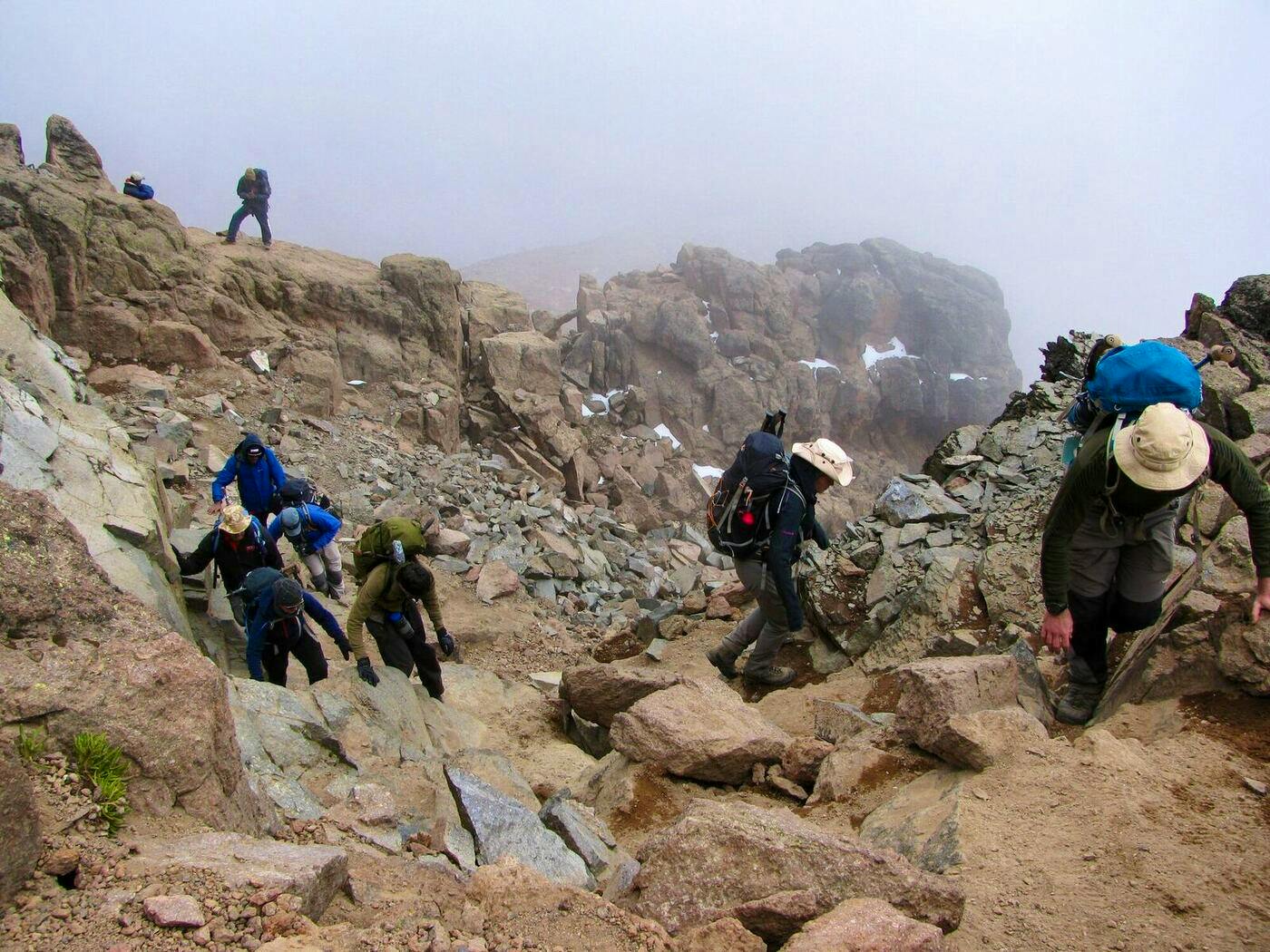
Conclusion
From the warm, sunshine-filled dry seasons to the lush, rain-soaked wet periods, each trek to Mt Kenya is an unforgettable adventure for trekking enthusiasists.
With us at Skyhook Adventure, our guided Mount Kenya trips will help you embrace the mountain's dynamic beauty with confidence and readiness.
